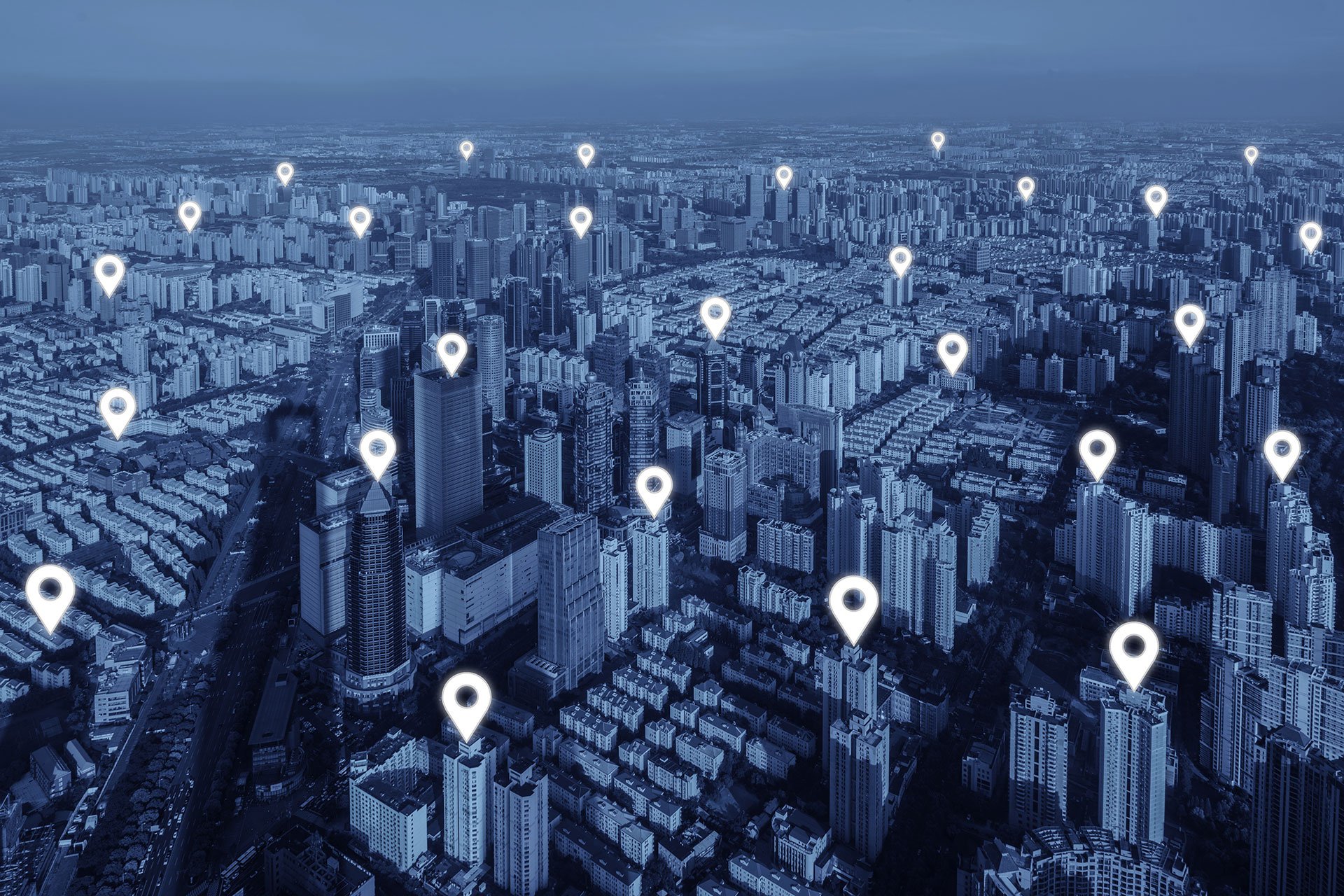Veterans Day and Remembrance Day: Honoring the Brave and Their Legacy of Service
Veterans Day is a time to honor the courage, dedication, and selflessness of those who served, inspiring us all with their commitment to something...
First of all, a huge thank you to all of the first responders and dispatchers and everyone else in the emergency response community who stayed at their posts and performed their duties, putting the public first.
To those who lost loved ones, homes, and in many cases everything they had, our deepest sympathies.
On the topic of coping with disasters, Fred Rogers, who had a famous children’s TV show, Mister Roger’s Neighborhood, brought considerable wisdom and kindness to a world often woefully short of both, had this to say: “When I was a boy and I would see scary things in the news, my mother would say to me, ‘Look for the helpers. You will always find people who are helping.’”
In ways that I am sure Fred Rogers would approve of, the helpers were found in sometimes surprising places. The coast guard rescued a man and his dog 25 miles out to sea. In Atlanta, a TV weather reporter rescued a woman trapped in her car live on TV. A helicopter team from Maryland rescued 33 adults, two children and 6 dogs in North Carolina. All across the southeast, from Florida and Alabama, through Georgia and the Carolinas into Kentucky, Virginia and beyond, first responders and others worked without power, and in many cases food, water or sleep in order to save lives and reduce damage.
To those who bring the best in humanity to the worst of times, the helpers, you have our profound respect and gratitude.
Now that the storm has passed, here is some guidance from FEMA:
Getting Help
You can apply for assistance in three ways:
online by visiting disasterassistance.gov
call 800-621-3362. If you use a relay service, such as video relay service (VRS), captioned telephone service or others, give FEMA the number for that service.
download the FEMA app
Helping Others
Volunteer to help. Sign up to volunteer with a reputable group or organization. Do not go by yourself to a disaster area. Look up volunteer opportunities on the National Voluntary Organizations Active in Disaster website.
Cash is the best donation. It’s important to donate responsibly. When people support voluntary organizations with financial contributions, it helps ensure a steady flow of important services to the people in need after a disaster.
Identify what is needed. Before donating supplies connect with organizations working in the affected area to find out how much is needed and when it is needed.
Post Storm Safety Tips
Safety is the number one priority after any storm. Be careful in areas with damage, flooding and power outages.
Avoid wading or driving through floodwaters inside, outside and around your home.
Use generators safely – keep them outside and far away from your home (video below).
Clean up safely – wear protective clothing and gear, use a mask and ask for help moving heavy debris.
Find more post-storm safety tips on Ready.gov.
Beware of Scams
Be aware of scam artists and identity thieves who are attempting to take advantage of survivors. Watch for and report any suspicious activity, or anything that just doesn’t seem right to you. Visit Disaster Fraud or CISA Warns of Hurricane-Related Scams to learn more.
Reunite with Family
If you need help reconnecting with loved ones missing after the hurricane:
Visit the Red Cross website
Call 800-733-2767 and provide as much details as possible to help operators locate loved ones.
While Fred Rogers passed away in 2003, his teachings live on.
Look for the helpers.
Intrado, always there in an emergency.

Veterans Day is a time to honor the courage, dedication, and selflessness of those who served, inspiring us all with their commitment to something...

Someone in distress, unable to speak, dials 911 from their VoIP system at the office. The Public Safety Answering Point (PSAP) receives the call...

Innovations in technology are happening at all levels, too—from established leaders in public safety like Intrado to start-ups finding new and...

As the holiday season approaches, we find ourselves reflecting on the gifts that bring true joy and meaning into our lives. While many are busy...